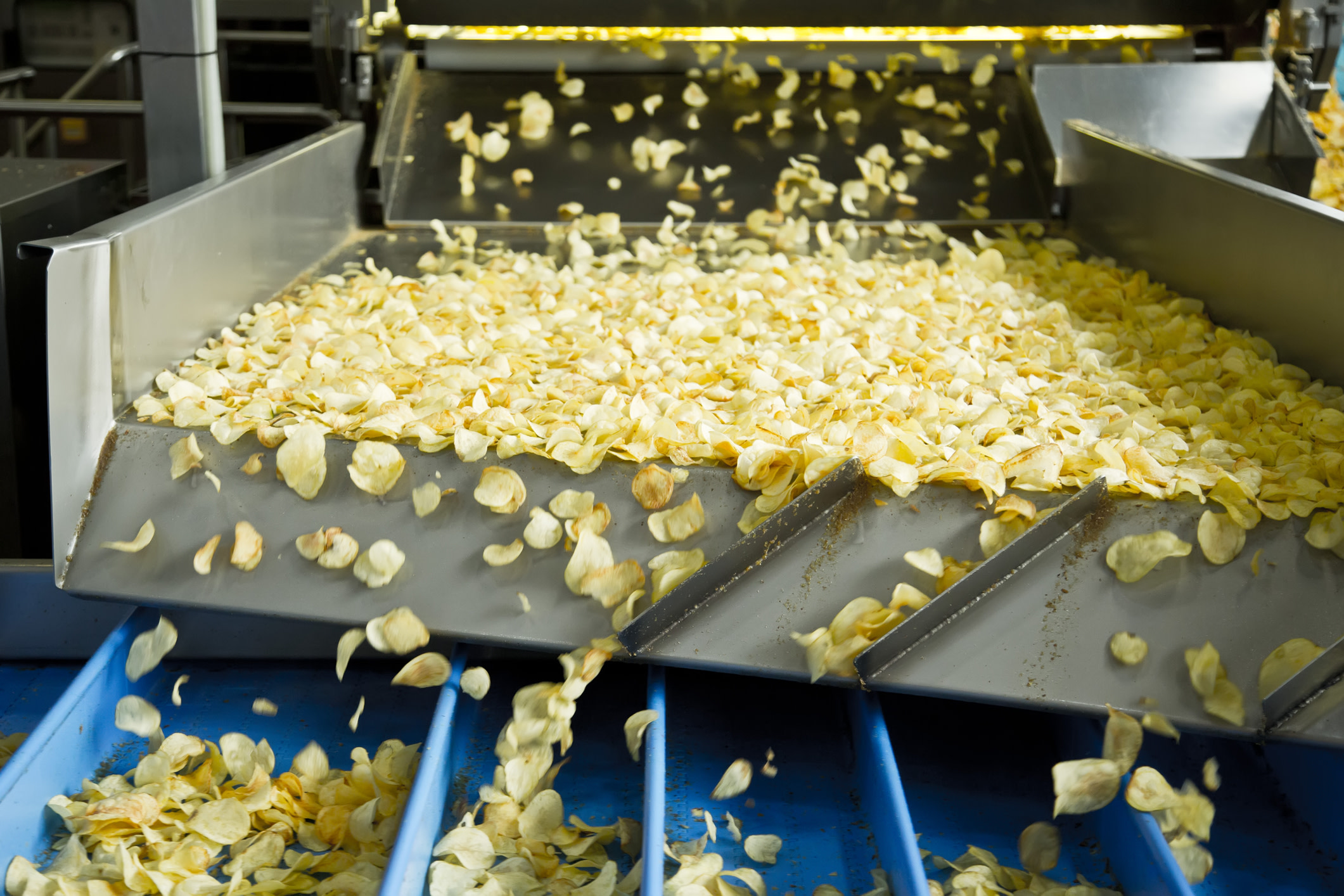A bag of potato chips now costs nearly 50% more than 10 years ago. Part of the rise in price is due to inflation, but another major cause is our overheating planet, as The Allegheny Front reported.
What’s happening?
They are one of the most popular snacks in the United States, and you usually can’t eat just one. There are hundreds of flavors of potato chips, from sour cream and barbecue to onion and even cappuccino.
The cost of these tasty treats has skyrocketed in recent years. Ten years ago, the average price for a 16-ounce bag of chips was $4.27, per the U.S. Bureau of Labor Statistics. By the end of 2024, it was $6.32.
Inflation has contributed to rising costs, but a warming world is another factor driving the increase. Idaho and Washington are the leading potato-producing states in the country. Idaho, which tops that list, had its third-warmest year on record in 2024, while Washington had its 15th-warmest.
Rising temperatures pose problems in Pennsylvania, which has more potato chip factories than any other state. Last year, Pennsylvania had its warmest year on record. The acreage devoted to chipping potatoes, which are grown for french fries and chips, may still be significant in Pennsylvania but has been declining for several years. Part of the reason is that potatoes are sensitive to rising soil temperatures.
“If the climate is changing, and changing kind of rapidly, we have to develop potatoes that are adapted to the new climate,” Cornell University professor Walter De Jong told The Allegheny Front. He added that it’s not sustainable for Pennsylvania to keep depending on potatoes from Florida and the Northwest for their chips.
“Do they have the water to sustainably use to grow all those potatoes indefinitely out West?” De Jong wondered. “I think the answer to that is ‘no.’ There’s increasing water use issues in the West.”
Why is the rising price of a bag of chips important?
Farmers across the country are facing the impacts of extreme weather brought on by an overheating planet. New Mexico farmers have seen a reduction in yield as they have been challenged by droughts and wildfires.
Oklahoma finished in the top 10 in cotton and wheat production in 2023. Despite that high ranking, the state suffered large losses in its agricultural sector that year. Wheat and cotton were negatively impacted by drought conditions in the state, as well as other forms of extreme weather.
What’s being done about extreme weather impacting crops?
To minimize the impacts of extreme weather, we must reduce the amount of heat-trapping gases entering Earth’s atmosphere. Advocating for a better future for our planet includes educating ourselves by exploring critical climate issues, talking to friends and family about these issues, and supporting pro-climate political candidates.
Join our free newsletter for good news and useful tips, and don’t miss this cool list of easy ways to help yourself while helping the planet.




:max_bytes(150000):strip_icc():focal(611x0:613x2)/sami-sheen-ecd75cc537d64328a213df028c53941d.jpg)









